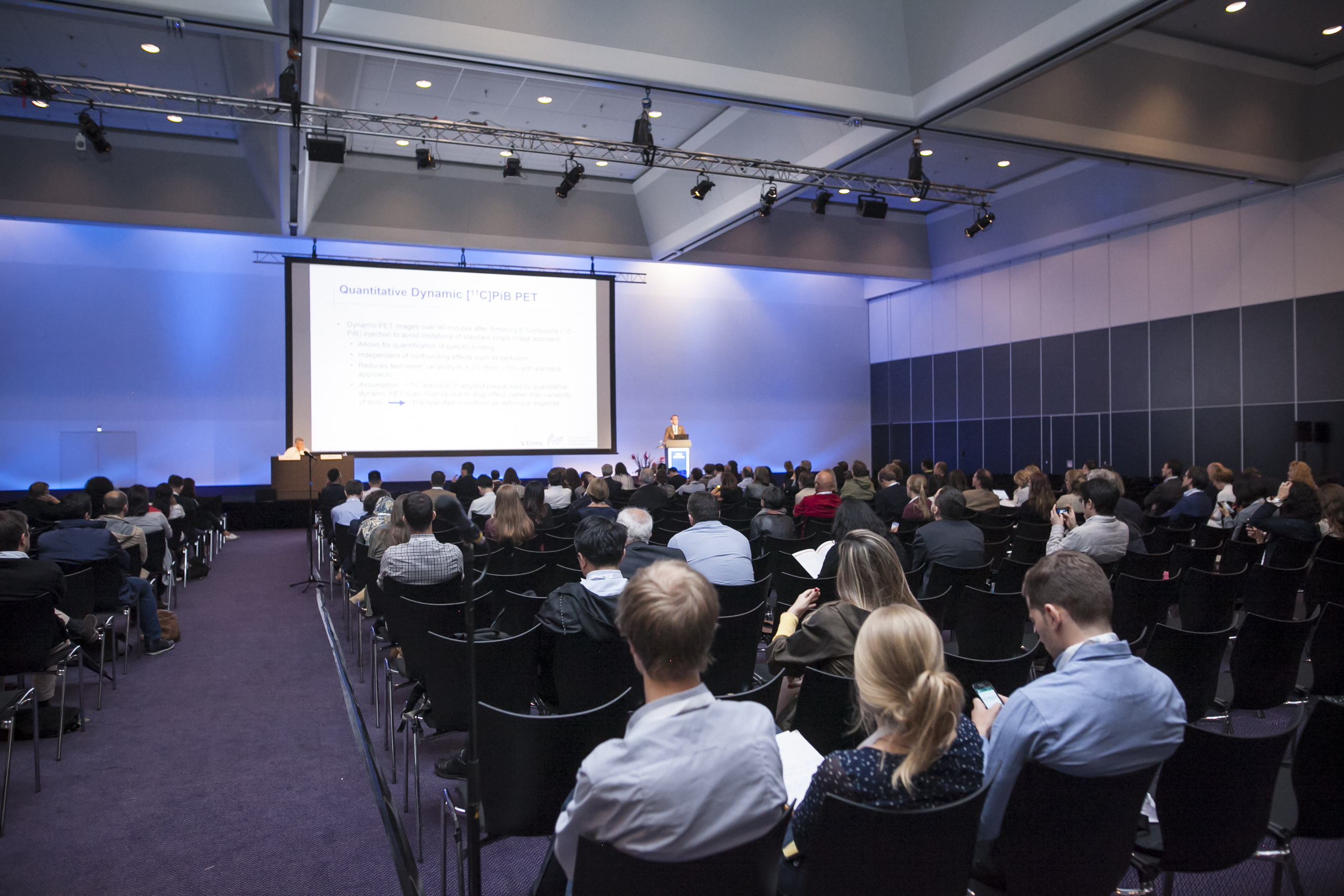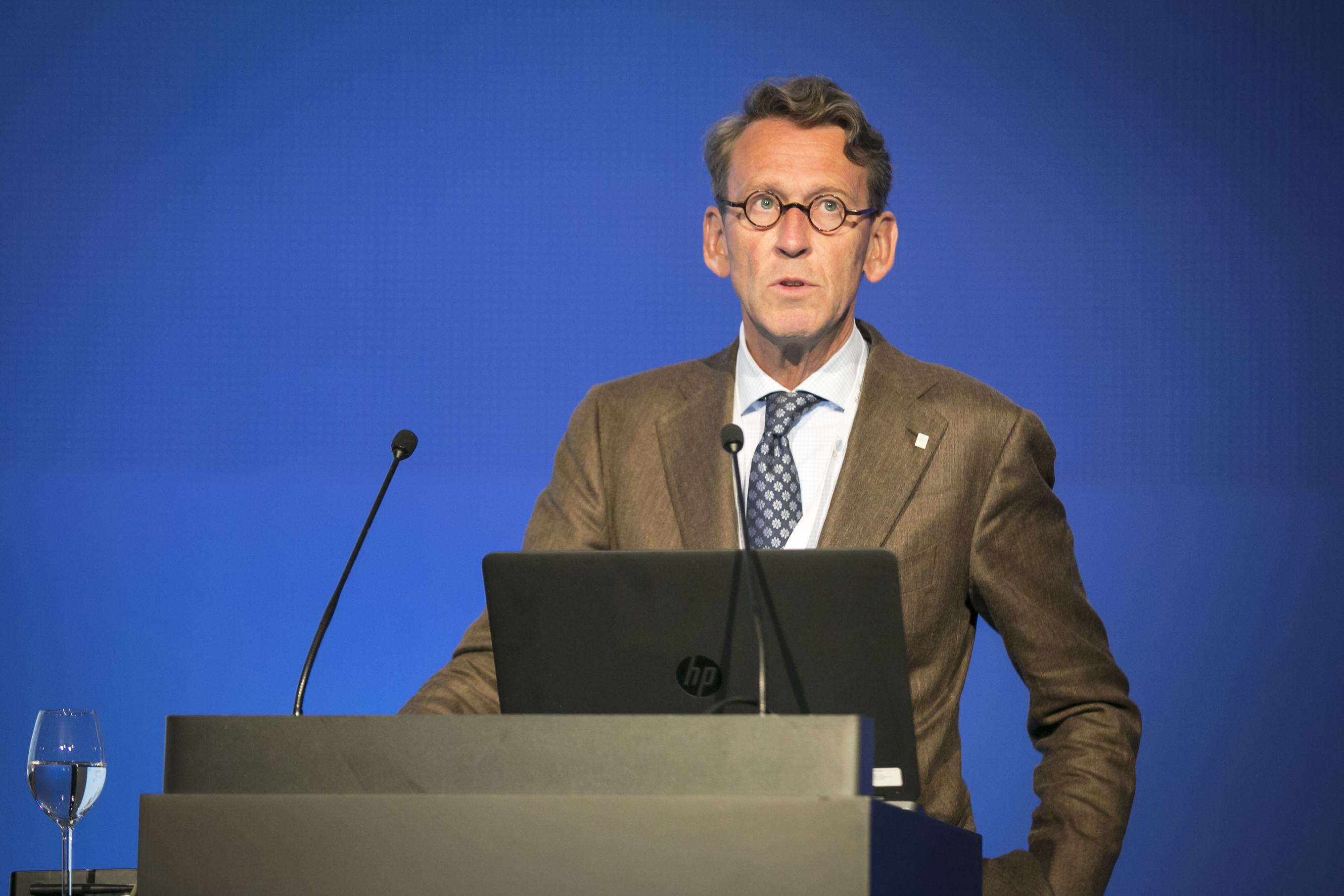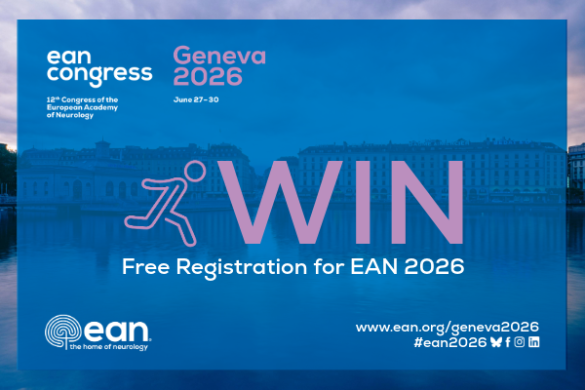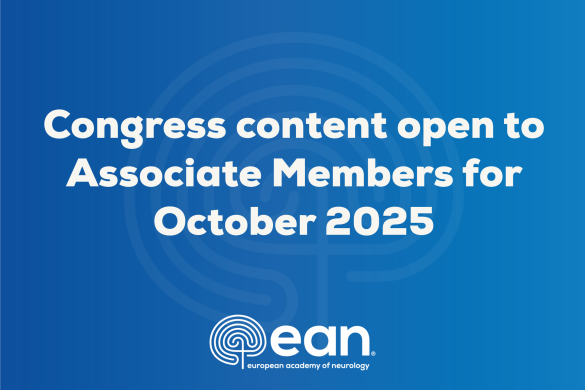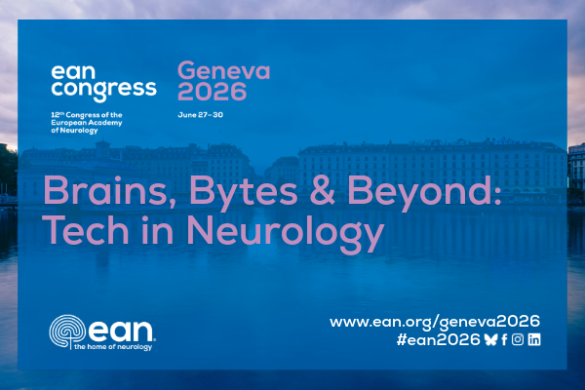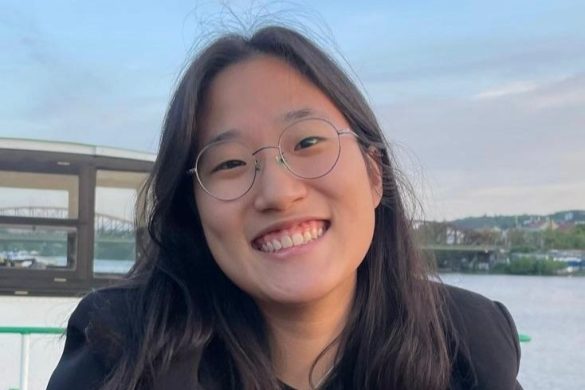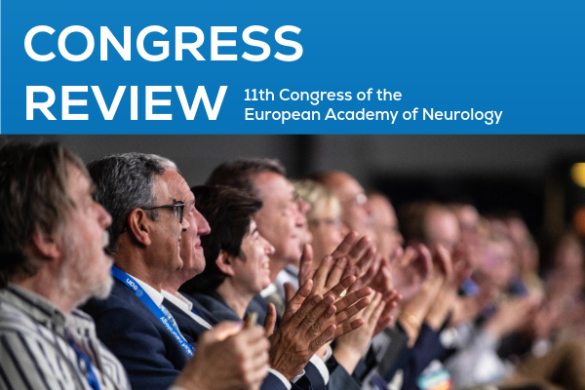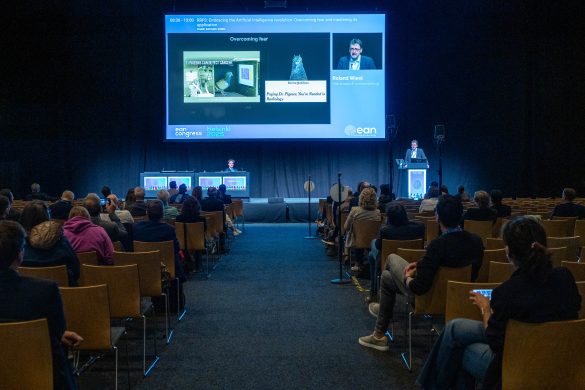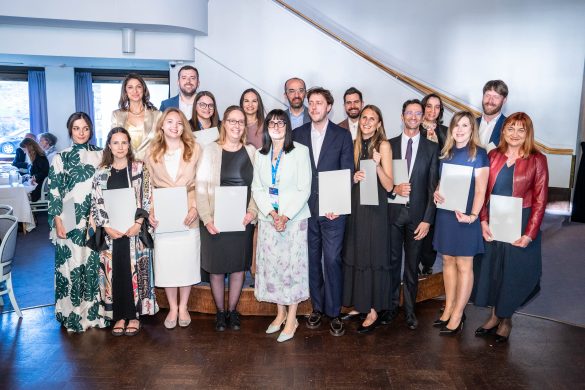Symposium 2: Overarching theme: Outcome measures in dementia studies
Elicium 2, Saturday, June 24, 2017, 10:30-12:30
Chairperson:
Philip Scheltens, Amstelveen, The Netherlands
Nick C. Fox, London, United Kingdom
Didier Leys, Lille, France
Measuring instrumental activities of daily living (IADL) in dementia: review of scales
Sietske Sikkes, Amsterdam, The Netherlands
Using MRI as measure of disease progression: checks and balances
Nick C. Fox, London, United Kingdom
Use of amyloid PET in amyloid lowering trials. How to avoid false positive results
Philip Scheltens, Amstelveen, The Netherlands
Is CSF suitable to measure changes in neurodegeneration in dementia?
Jose Luis Molinuevo Guix, , Spain
In line with the main theme of the 3rd EAN Congress, Symposium 2, “Outcome measures in dementia studies”, provided a focused and detailed update on the status and usefulness of clinical, biological and imaging biomarkers as potential measures of responsiveness to treatment and disease progression overtime. The session was brilliantly chaired by Philip Scheltens (Amstelveen, the Netherlands) and Nick Fox (London, United Kingdom), who enabled the audience to learn how to identify efficient outcome measures that could potentially be used in clinical trials for new Alzheimer’s disease (AD) drugs. To start, Dr. Sietske Sikkes (Amsterdam, the Netherlands) presented a review of the scales used to measure instrumental activities of daily living (IADL) in patients with dementia, mainly highlighting those proposed and validated more recently. Nowadays, patients face an environment that is becoming increasingly complex. They are often highly educated and are required to perform highly demanding tasks (e.g. using smartphones and tablets, or participating in social networks), so assessment tools for IADL have to keep pace. In this framework, Dr. Sikkes presented an interesting new instrument, the Amsterdam IADL questionnaire, which is computer-based, self-administered and uses an adaptive approach. Two versions are available (a full version encompassing 70 items and a short form comprising 30 items), both of which have been shown to be highly sensitive to changes in overtime, and reliable and useful regardless of the stage and severity of the disease.
Dr. Fox discussed the current and potential use of neuroimaging biomarkers as outcome measures in dementia patients, focusing mainly on morphological ones (i.e. grey matter atrophy). Even though it has been established that conventional and high-level neuroimaging atrophy measures may be crucial in supporting clinical diagnosis of dementia, as they can account for the numbers of neurons, he showed that they are also useful for tracking disease progression overtime. Indeed, grey matter morphological changes may increase as the disease progresses, and the rate of this process cannot be related solely to ageing.
In his talk, Philip Scheltens provided new insights from PET studies of dementia patients. He too focused mainly on future perspectives. Primarily methodological limitations have been highlighted in relation to the current use of PET tracers as outcome measures in pharmacological trials of new AD drugs. However, molecular imaging is one of the most promising techniques which could identify biological changes related to treatment response, so a great deal of effort will go into promoting its implementation in clinical settings.
Finally, Dr. José L. Molinuevo Guix (Barcelona, Spain) provided an update on new CSF biomarkers (i.e. neurogranine, YKL-40, TREM2, NFL). At present, these measures are still research-oriented, but it is worth noting that their usefulness has been demonstrated in terms of supporting diagnosis, providing prognostic information and also monitoring disease progression and treatment outcomes in dementia patients.
By Rosa De Micco
